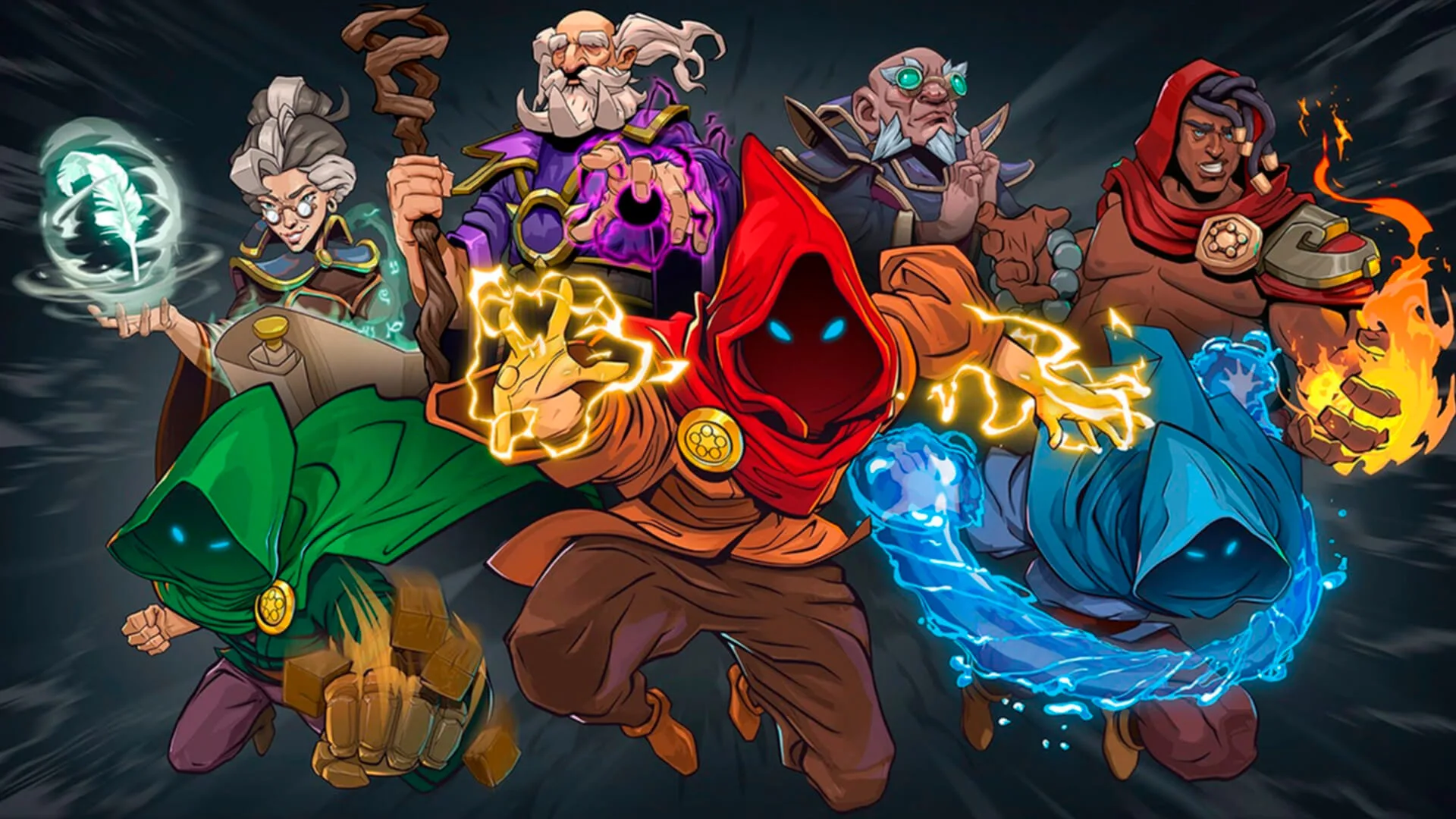Halo is in confident, risk-adverse hands. Developed by 343 Industries, the torchbearer for Bungie’s universe after Halo: Reach, Halo 4 is a passionate labor of love developed through caution and carefulness. Little can be said about Halo 4’s faults, if only because the faults of Halo 4 can extend to the rest of the series. If you love the Halo series, you’ll love Halo 4; there is nothing lost in the transition from Bungie to 343i, no cheap imitation to infuriate you.
Unfortunately, Halo 4 isn’t perfect. Despite its accolades, its far from deliverance. Despite its strengths – which there are many – a key note is its incredible budget: over a hundred million dollars is spent on this blockbuster of a game. Therefore, “is Halo 4 worth the money spent for Microsoft?”, and “is Halo 4 worthy of its position as the current flagship of the Halo series?”
Halo 4 brings some key new things to the table, but lacks innovation. The game is a sweeping orchestral peppered with the pounding of gunfire, but lacks punch. It attempts to be cathartic on multiple levels, but shies away from reinvention. Halo 4 is a solid, not powerful, poignant, not tragic, addition to the series. However, it is unafraid to aim for profoundness. While it reaches for the moon and never gets into space, it takes flight.

Four years after Halo 3, Halo 4 returns to Master Chief and Cortana on the Forward Unto Dawn, a ship that immediately gets attacked by an unknown enemy. However, complications arise and Cortana undergoes Rampancy and a new alien race is introduced alongside a new growling baddie. Despite the terseness, there’s a lot to digest.
Halo takes on the traditional mechanics of its predecessors and changes very little. The gameplay is familiar to Halo 3, with the typical two gun load-out, vehicle sections, mediocre physics and colors of light. It runs smoothly and quickly, and remains close to its roots, favoring the rush of people behind walls without the clunky stickiness of Mass Effect over or the screen hog iron sights of Call of Duty. If you’ve played a Halo game before, you’ll quickly pick up the controls in Halo 4.
Not all things in Halo 4 are reworks, however. Sprinting is a regular, integral part of movement, with the game often upping the pace and firepower of enemies to ensure that you react faster, more decisively, and try to find cover more effectively. But despite its rapidity, Halo 4 suffers from the same gimmicky vehicle sections, linear level designs, moving platform sections, and repetitive enemies.

The Prometheans – the new class of enemies (and accompanying weapons) – are a welcome touch to the game’s single player mode, with a variety of new weapons and new load outs for players to work with. However, when you look at the available enemies, much hasn’t changed: the Prometheans serve little more function than the Flood, and without the Flood as antagonists, the whole feeling of a ‘new enemy’ is lost. By gaining Forerunner enemies, you lose another, and the cost feels to be a relative zero sum game.
Of course, the strategies are different: some are shielded, some can be resurrected, and some can create fancy new explosions when they die or are near death. However, the first three Halo games strive on the dissonance in dealing with the Covenant versus the Flood. Before, the Covenant were a tightly grouped unit, neatly arrayed against you with shield-busting firepower and unbelievable ferocity. The Flood, in comparison, were a mindless swarm that washed through the dark and dank tunnels of the game’s levels with a terror that rivaled the parasites in Slither. They had different strategies and different feels to them.
Here, the Prometheans seem to be slightly more resilient variations of the covenant. The Watchers are a mix of Sentinels and Drones, the Knights are buffed up Elites, and the Crawlers are highly resilient and aggressive Grunts. Quite often I use the same load outs versus the Prometheans as I did the Covenant, with no major change in the feeling in gameplay. This isn’t bad, per se. There is enough variation that the new enemies aren’t palette swapped versions of the Covenant, but their organization, numbering, and strategic responses to your advances are all too familiar. They’re far different from the wild abandon of the Flood, coming at you in droves.

The weapons hardly feel fresh, with some of the new weapons slightly more powerful hybrids of existing ones. Where the game shines is the Mantis, a mech with surprising mobility and firepower that could rival several vehicles in the Halo universe. Gone are the simplistic and excessively binary cost-benefit expectations of the Ghost versus Scorpion planning: the Mantis is a speedy mobile fortress, complete with a formidable armament of weaponry melded into a sturdy steel frame. If there were more innovations such as the Mantis (to the Halo series, at the least, since mechs are hardly new to the industry), then it would break the slightly stagnant feel of its gameplay.
Halo’s ambient sound is impressive, with the sound of guns this time hit with a forcefulness and a punch to rival Battlefield and Modern Warfare. Though some are still susceptible to the shrieking pew pew pew of the previous games, the firing of some of the new weapons (and what seems to be a bit of tweaking with some old ones) delivers a solidity I do not recall in the older Halo games. The guns don’t feel like long rods of shimmering light cast in plastic: they feel and sound like guns.
The guns aren’t the only things given an upgrade. The gibbering nonsense of the Covenant (especially the Grunts) are replaced with hisses and growls, and even though they are still susceptible to running wildly about the battlefield, their indecipherable snarls get across to you. They hate you. They’re your enemies.

However, despite the advances in ambient sounds and the small things, Halo’s orchestral music is barely satisfactory. In fairness, the music isn’t bad; it just brings nothing new to the table. The game gives the impression of feeling like an advanced, lengthy DLC of an older Halo game, and the music could easily be an agglomeration of older music. Though the game is hardly at fault for failing to innovate a new, darker musical tone, the blandness involved in musical cliches hardly sells a different story.
Halo 4’s story is the largest disappointment. The game built itself on beautiful, interesting, eye-catching plot clouded in moral ambiguity. All groups are more self-serving, with the military bravado and the hurrah, hurrah sensationalism of the old Halo games discarded more in favour of an alien madman. Here, the game seeks to delve deep into already defined territory, and carve out a specific niche in storytelling. The opening introduction on the morality of the Spartan program instantly caught my eye. Finally!, I thought, A darker, morally questionable side to humanity as the subject! Or imagine Cortana’s Rampancy (the breakdown of AIs in the Halo universe after a set period of time) seeping into your audio, and slowly your visuals. Finally! I thought, She might be a villain! Though the writing team did a stellar job, the limitations were that they needed to frame the struggle as a man-versus-alien endeavor.
For that reason, Halo 4 is a mixed in a cauldron of ambiguity in specific missions, stirring a pot of uncertainty for the player and insinuating a darkness to everything involved (including the good folks that help you), but eventually shying away. The plot tugs at you and threatens to take everything you expect from the game, and then washes it down. Even the ending, as heart-wrenching as it was, seemed somewhat anti-climatic: the scene seemed overdrawn, sappy, and the music helped very little to bring a sense of finality to the cost.

Part of this is because of the faceless super-mook, Master Chief. The limitations put on his expressionless character was a strain to both the storytellers and the voice actor. Despite the rushed and frantic nature of some cutscenes, or the frightened panic of others, you could only feel shallowness from his glossy, featureless visor. A bit of this is because of the internal journey: Halo 4 is much more intimate between its characters than the previous ones, and the character development of Master Chief depended on his interplay with Cortana. However, when only one of them has a personality (and stellar one, at that), it becomes difficult to see it as a conversation. She is speaking to a brick.
Halo 4 also suffers from dependency on the labour of love. While 343 Industries are obviously fans of the Halo universe due to the crushing amounts of small details present in Halo 4, most casual gamers will not register much of the details. Understanding the overarching politics and mechanics involved in the antagonist’s maniacal rampage depended on outside sources. Looking at the arguments that rocked the ships of the UNSC depended on outside sources. Knowing the guide and the Prometheans to their fullest extent depended on outside sources. Without outside sources, the story is tiresome, feels rushed, bland, and boring. You need outside sources, otherwise you get a pidgeon-holed Kojima-esque scene with considerable amounts of exposition.

Graphically, the game excels. Compared to Halo 3, where it was veiled in a needless blanket of bloom, Halo 4 is crisp, clean, and clear. The game mixes foreground and background colors to powerfully create a sense of foreboding and the designs of the Prometheans are novel. They do not look like Geiger monstrosities or slightly tweaked humanoids. Instead, the sleekness of these new villains are one of Halo 4’s major graphical strengths. Otherwise, the graphics are solid, but only incrementally better than the previous games.
Multiplayer for Halo is as solid as ever. Halo’s online system is as close to an efficient, expedient online system as I have ever experienced. Through War Games, multiplayer carries some classic modes, such as King of the Hill and Slayer, but also some new ones, such as Flood. Connections are fast, and even at 16 players, there is hardly lag. You’ll find games, and the more you play, the more weapons and tools you get to work with. Likewise, Spartan campaigns, occurring after the main storyline, are fun, relatively short runs that are frequently updated and added to play with others, providing a breath of fresh air for those tired of continuous deathmatches.
Overall, Halo 4 is made with loving, though all too familiar hands. Much of its new content and innovations are hardly such, and gains are offset by losses. When news of its incredible budget circulated, expectations raise the bar high. Did it meet those expectations? Depends on what you want from a Halo game. As a continuation to the series, Bungie can rest easy knowing that 343 Industries is taking care, patience, and sound judgment in moving the universe forward. However, Halo 4 is hardly a market breaker as its predecessors were. It is another chapter in a long line of stories for Master Chief, and though its outlook seems far, it may be too used to sitting on the shoulders of giants. Halo 4 had the opportunity to reach out and become its own innovative beast, but falls short – just slightly, every so slightly, short! – of utmost excellence.





